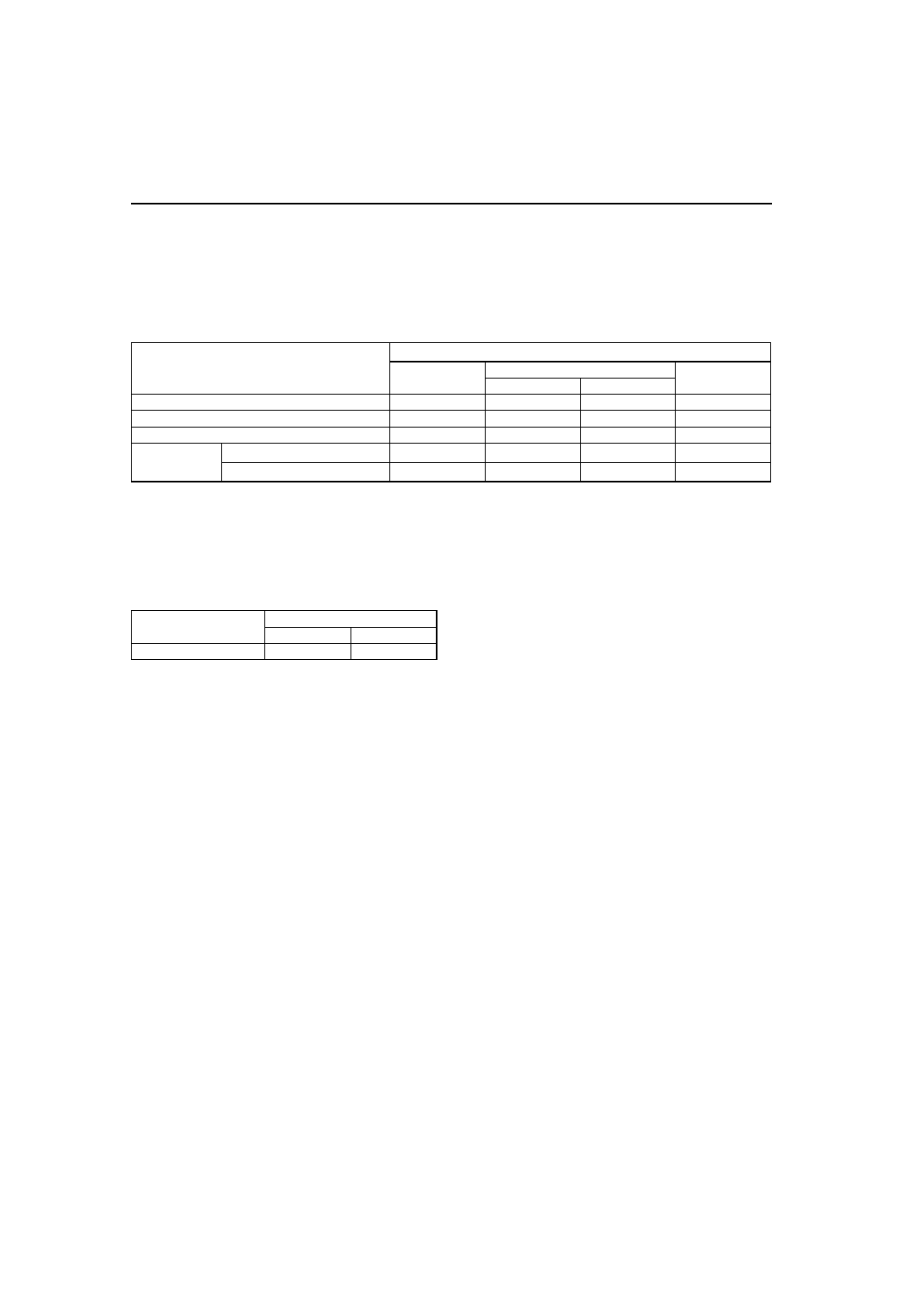Mazda 6. Manual - part 177

F–230
TROUBLESHOOTING
7. Verify that the engine speed is within the specification under each load condition.
• If not as specified specific load condition, inspect the following.
— A/C switch and related harness
(See
U–47 CLIMATE CONTROL UNIT INSPECTION
.)
— Fan switch and related harness
(See
U–47 CLIMATE CONTROL UNIT INSPECTION
.)
— PSP switch and related harness
(See
F–58 POWER STEERING PRESSURE (PSP) SWITCH INSPECTION
Engine speed
*1
: Neutral or P position
*2
: A/C switch and fan switch are on.
*3
: Refrigerant pressure switch (middle pressure) is off.
*4
: Refrigerant pressure switch (middle pressure) is on.
VIS Operation Inspection
1. Start the engine.
2. Inspect the rod operation under the following condition.
Rod operation
• If the rod operation is not as specified, inspect as follows.
(1) Stop the engine.
(2) Connect WDS or equivalent to the DLC-2.
(3) Verify that DTC P0661 or P0662 is not displayed.
• If DTC P0661 or P0662 is shown, carry out DTC inspection.
(See
(4) Turn ignition switch to ON.
(5) Turn the VIS control solenoid valve from on to off using the IVC PID and verify that operation sound of the
solenoid valve is heard.
• If the operation sound is heard, inspect the following.
— Vacuum hose and vacuum chamber for looseness or damage
— Shutter valve actuator
(See
F–14 VARIABLE INTAKE-AIR SYSTEM (VIS) SHUTTER VALVE ACTUATOR INSPECTION
— Shutter valve stuck open or close
• If the operation sound is not heard, inspect the following.
— VIS control solenoid valve
(See
F–14 VARIABLE INTAKE-AIR SYSTEM (VIS) CONTROL SOLENOID VALVE INSPECTION
Load condition
Engine speed (rpm)
*1
L8
LF
L3
MTX
ATX
No load
650—750
600—700
650—750
600—700
E/L operating
650—750
650—750
650—750
650—750
P/S operating
700—800
650—750
650—750
650—750
A/C operating
*2
Refrigerant pressure low
*3
700—800
700—800
650—750
700—800
Refrigerant pressure high
*4
700—800
700—800
700—800
700—800
Engine speed
Approx. 4,400 rpm
Below
Above
Shutter valve actuator
Operate
Not operate